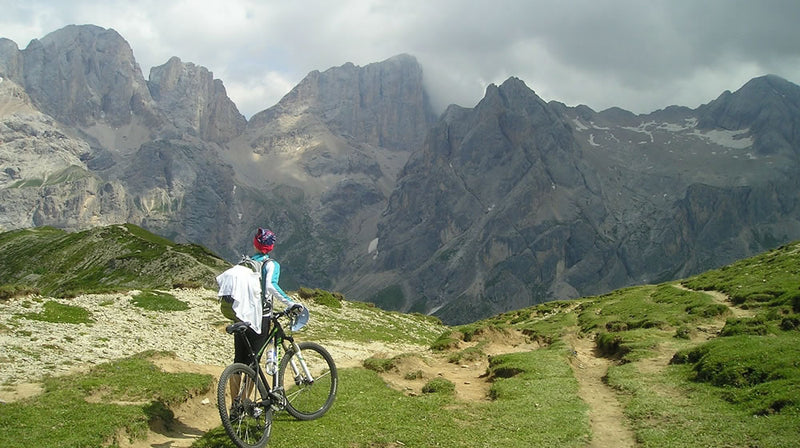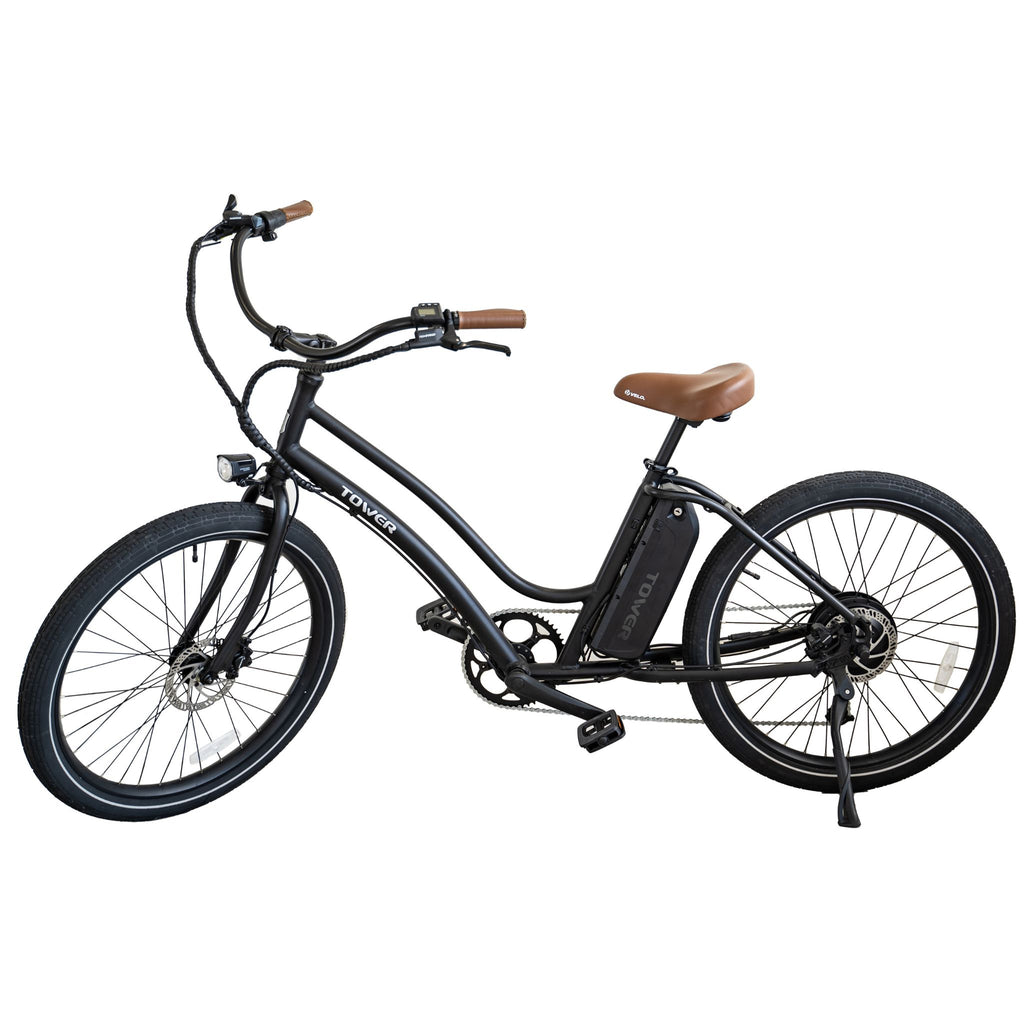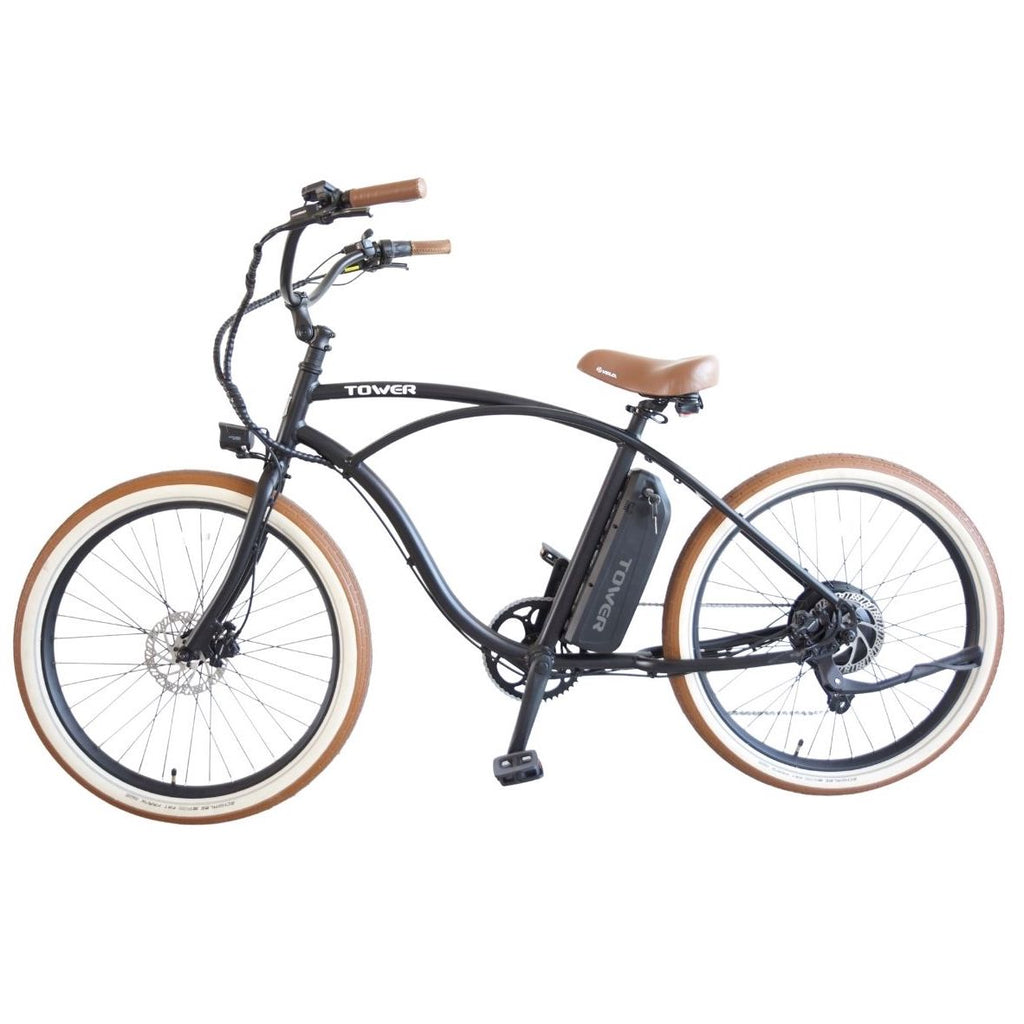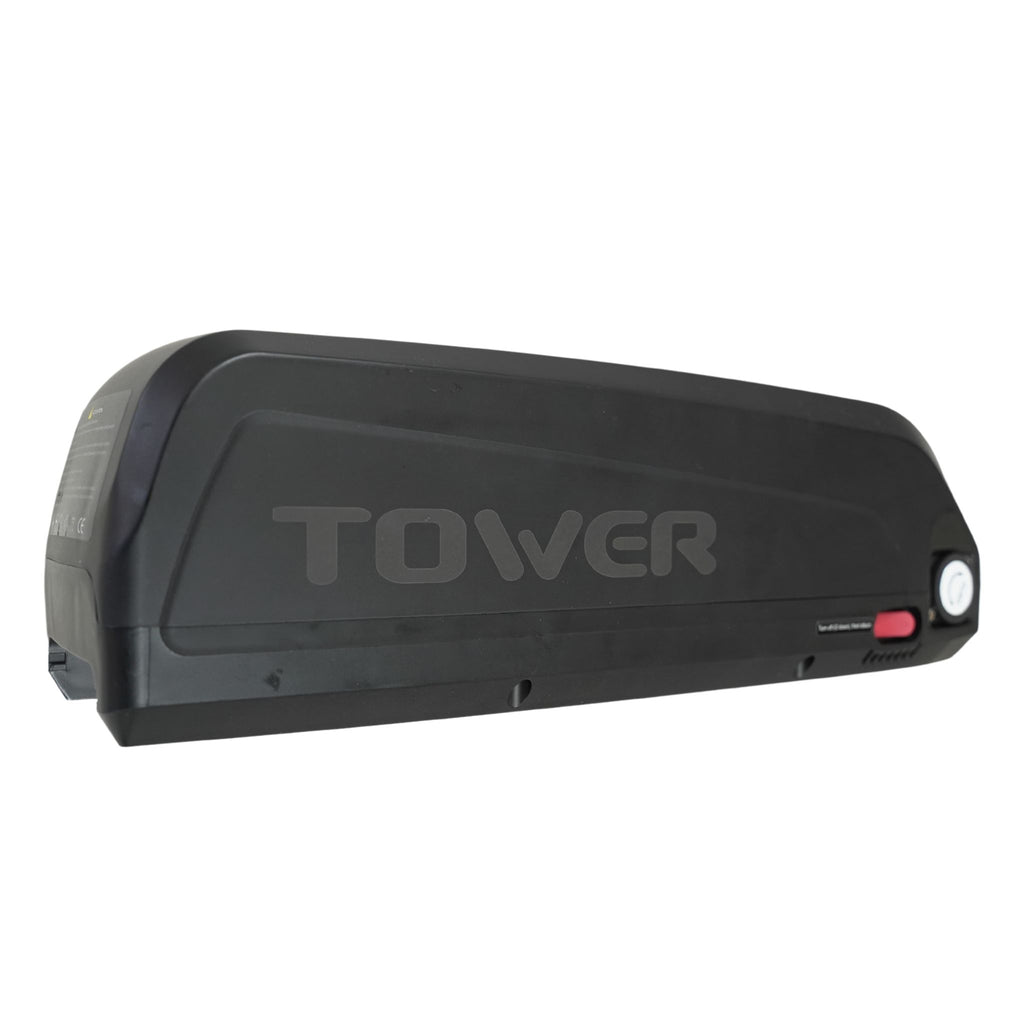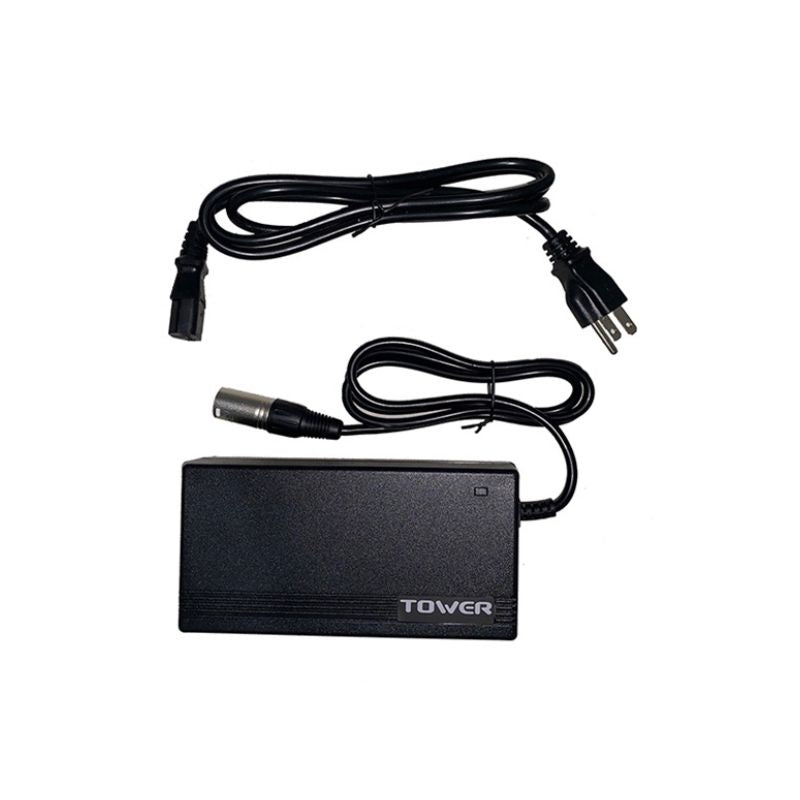Written by Stephan Aarstol
Mountain biking has come a long way since its inception. The earliest mountain bikes were sometimes called "bone-shakers" because the jarring and rugged rides they gave, but today, modern engineering has created cycles with a much smoother ride even on rough terrain. With a few pointers in mind, most people can safely and enjoyably go mountain biking, even if they don't have much experience on two wheels.
Helmets
Riding a bike without a helmet, whether it be on the street or on a trail, is a bad idea, and for some people, depending on where you live and your age, it may be illegal. Cycling leads to more than 80,000 head injury cases a year, making wearing a helmet crucially important for your safety. It's a good idea to try the helmet on before purchase to make sure that it is a proper fit: A helmet worn improperly is not only useless but also a waste of money. A helmet with a face mask is best for more extreme riding, such as downhill mountain biking. It's best to talk with a local bike shop employee about what type of terrain you'll be riding on to get suggestions for the best helmet and fit for you.
Bikes and Equipment
When it's time to buy a mountain bike, you must decide whether you would rather ride a full-suspension or hardtail bike. Fully suspended bikes will have both the front and rear wheels fitted with a shock-absorbing suspension. A hardtail bike will only have front suspension. Fully suspended bikes are generally more comfortable and can make the ride easier, although some torque can be lost when going uphill. Hardtails are usually cheaper, lighter, and easier to maintain and can be great for smooth trail-riding. If there is a lot of downhill action in your riding, with many rocks and bumps, it may be a good idea to look at fully suspended bikes. No matter which type you choose, it's important that the bike fits you and that the seat height allows for proper leg extension.
Bike Maintenance
Before heading out, make sure the tires on your bike are not worn down and the tire pressure is between 22 and 35 psi; you may need to experiment with this a bit depending on the terrain you plan to tackle and the construction of your tires. Make sure that your bike's brakes are functioning well. If they aren't, it could be due to either cable or brake pad issues, and in either case, the problem needs to be resolved before you can ride safely. Applying oil to the drivetrain will keep rust from forming and keep it running smoothly. Keeping bikes clean extends their lives; your local bike shop can recommend a good biodegradable cleaner. It's also a good idea to learn about on-trail bike maintenance so you're prepared in case of a breakdown out on the trail. It's good to know how to fix a flat tire and tighten bolts at the very least. Derailleur hangers can eventually break, so it's also good to have a spare on hand or know how to turn the bike into a single-speed, just in case.
Supplies
You'll need to pack light when you're going mountain biking, but don't forget a few essentials. Water is key: Think about the length and distance of your ride and plan accordingly. It's also worth considering the heat index and the amount that you tend to sweat. You can also cut down on the amount of water you have to carry during your ride by hydrating yourself well before your ride, starting when you wake up. Food to fuel your bike ride is also important. Something light and packed with nutrition is ideal. Bananas give a great carbohydrate boost, while nuts and trail mix can provide protein. Peanut butter and granola can also be good choices for nutrition on the trail. Also, remember that you'll be out in nature and sometimes, it can take longer than you planned to get back, so you should pack a little extra food and water beyond what you think you'll need. Don't forget a small tool kit with spare tubes, patches for punctures, tire levers, and a multi-tool. And make sure to prepare for the worst: Always carry your phone as well as some money in case you need to pay for a taxi or emergency supplies.
Emergencies and Safety
The key to a safe outing is preparation, and that also means being ready to prevent or treat injuries. It's a good idea to take a first aid class if you're not familiar with the basics. Carry a basic first aid kit: Wrecks are not uncommon in mountain biking, and given the terrain there could be cacti, bees, sharp rocks, or threatening wildlife. Things like tweezers, bandages, and gauze can get you out of a hairy situation, and if you're allergic to anything you might come across, such as bees, bring your medication: It could save your life. Depending on where you are, you might run into dangerous wildlife like bears or mountain lions, so it's a good idea to read up on how you should react if you should have such an encounter. Also, pay attention to the weather: Research any alerts in the area you'll be riding, and take care to avoid lightning storms.
- First Aid Kit Essentials
- Safety Tips
- Staying Safe From Mountain Lions
- What to Do if You Encounter Bears
- Cycling in a Lightning Storm
Respectful Riding
Lastly, it is important that we are stewards of our environment and good members of the community in which we ride our bikes. This means not leaving any of our garbage behind. This also means staying on the trail and trying to not ride on wet trails, as this will damage the trail. Do not feed wild animals; this can embolden them, making them a threat to people. And never ride while under the influence of drugs or alcohol: You're likely to put yourself in danger if you're not fully alert while you ride.









